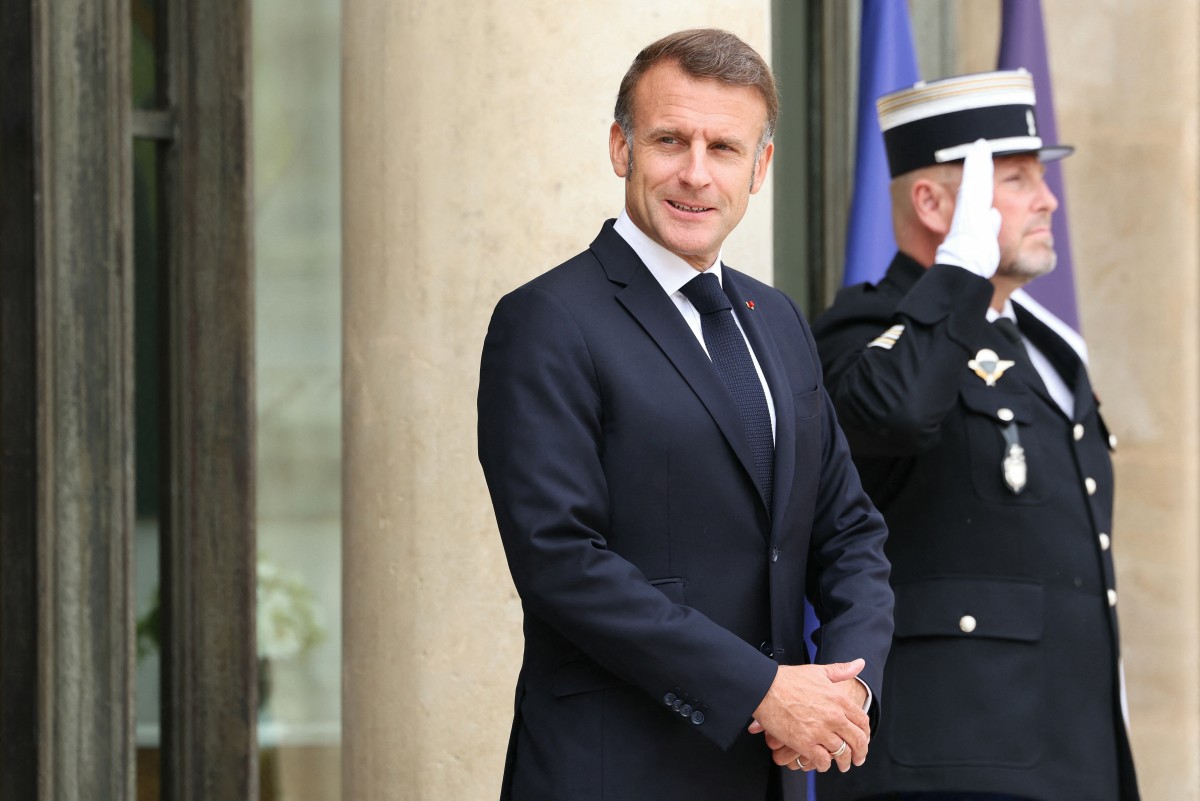French President Emmanuel Macron’s recent tour of Southeast Asia, covering Vietnam (25–27 May), Indonesia (27–29 May), and Singapore (29–30 May), marked a major diplomatic initiative to deepen France’s strategic engagement in the Indo-Pacific.
Against a backdrop of intensifying geopolitical rivalry and growing economic opportunities, Macron’s visit, including his address at the Shangri-La Dialogue, underscored France’s intent to be a “reliable partner” and an “adjunct power” in an increasingly multipolar Asia.
This high-level outreach comes as France unveils its updated Indo-Pacific strategy for 2025, an evolved vision that builds on its original 2018 framework, which was first articulated publicly in 2019 and later expanded in 2022.
The latest version, labelled a “Realist Strategy for Turbulent Times,” reflects the sharpening geopolitical divides in the region, acknowledges structural power shifts, and prioritizes pragmatic engagement grounded in national interests and regional partnerships.
From 2019 To 2025: A Shift To Strategic Realism
France’s 2019 Indo-Pacific strategy was largely aspirational, projecting a vision of inclusivity, rules-based cooperation, and multilateralism.
In contrast, the 2025 iteration is far more grounded, reflecting the complexities of a world shaped by great power competition, hybrid threats, and strategic coercion.
Where earlier documents hinted at challenges, the 2025 strategy directly addresses them, framing the Indo-Pacific as a contested space marked by “China’s growing assertiveness,” an “intensifying arms race,” and the weakening of global multilateralism.
This recalibrated strategy is built on four interlinked pillars, each emphasizing sovereignty, resilience, multilateralism, and European coordination.
Empowering Overseas Territories: From Periphery To Strategic Core
At the heart of France’s Indo-Pacific presence are its seven overseas territories, including Réunion, New Caledonia, French Polynesia, and Mayotte, which collectively account for 1.6 million French citizens and a significant Exclusive Economic Zone (EEZ).
Unlike in 2019, when these territories were framed primarily as identity markers of France’s Indo-Pacific legitimacy, the 2025 strategy places them front and centre as operational hubs.
The plan allocates a substantial €13 billion under the 2024–2030 Military Programming Law to fortify these territories, through the deployment of patrol vessels, corvettes, helicopters, and cyber defence infrastructure.
These investments also address non-traditional security threats, such as disinformation, climate change, and economic marginalization. The approach moves decisively beyond symbolic inclusion to concrete, long-term strategic anchoring, responding to past critiques that Paris maintained an overly centralized approach.
Sovereignty Partnerships & Collective Resilience
France’s second strategic pillar is the forging of “sovereignty partnerships” aimed at fostering collective resilience with like-minded Indo-Pacific states.
The 2025 strategy conceptualizes these partnerships not merely as bilateral relationships, but as elements of a broader “coalition of independent states” resisting coercion and strategic dependency.
These partnerships span a range of issues—defence and maritime cooperation, energy transition and access to critical raw materials, cybersecurity, health diplomacy, and digital governance.
France seeks to elevate its role from a traditional security provider to a holistic problem-solver, capable of contributing to resilience-building across sectors.
This strategic pluralism aligns France more closely with regional priorities and increases its diplomatic capital among smaller and mid-sized Indo-Pacific nations wary of binary alignment with larger powers.
Reinforcing Regional Multilateralism & Minilateralism
The 2025 strategy reaffirms France’s strong commitment to regional multilateralism, especially the centrality of ASEAN, and to international law, notably the United Nations Convention on the Law of the Sea (UNCLOS).
France opposes any unilateral changes to the maritime status quo, particularly in flashpoints such as the South China Sea or the Taiwan Strait.
However, the strategy also acknowledges the limitations of formal multilateral frameworks and thus embraces flexible minilateral formats.
These include trilateral dialogues, such as India–France–Australia and India–France–UAE, which allow for more agile, focused cooperation in key areas like maritime domain awareness, energy security, and capacity-building.
France is also expanding its role in regional bodies like the Pacific Islands Forum (PIF) and the Indian Ocean Rim Association (IORA) to enhance its regional reach and relevance.
Anchoring The EU’s Indo-Pacific Vision
France’s fourth strategic axis is its active role in shaping and implementing the European Union’s Indo-Pacific engagement. Paris positions itself as the EU’s operational spearhead in the region, leveraging its territorial presence, military assets, and diplomatic footprint.
France leads EU initiatives such as CRIMARIO II (maritime surveillance), and contributes naval assets to EU operations ATALANTA (anti-piracy) and ASPIDES (maritime security in the Red Sea).
Macron’s push to elevate the EU Indo-Pacific Ministerial Forum to the summit level demonstrates France’s commitment to crafting a European alternative, distinct from the U.S.-China binary, rooted in multilateralism, sovereignty, and a rule-based order.
Sharper Threat Perceptions & New Strategic Linkages
A key differentiator of the 2025 strategy is its heightened geopolitical realism. Unlike the 2019 document, which merely noted great power tensions, the latest strategy provides a granular assessment of U.S.-China rivalry, warning of a possible “open crisis” with global implications.
It critiques both China’s assertiveness and the U.S.’s containment approach, highlighting the destabilizing effects of escalating competition.
A major addition is the linkage drawn between the Ukraine conflict and Indo-Pacific security. The 2025 paper identifies a “porousness” between the European and Indo-Pacific theatres, pointing to China’s tacit support for Russian aggression as a dangerous precedent.
This underscores the emergence of cross-regional security dynamics, necessitating a comprehensive approach.
The strategy also addresses hybrid threats and foreign interference, which were under-emphasized in earlier iterations. It explicitly names countries like Azerbaijan for alleged meddling in France’s overseas territories, emphasizing the need for robust countermeasures in information warfare, electoral manipulation, and cyber defence.

A Nuanced Stance On China
France’s 2025 approach to China is more structured and direct. While the 2019 version offered vague concerns, the current plan frames the relationship within the EU’s triadic lens: partner, competitor, and systemic rival.
It openly discusses sensitive areas—the Taiwan Strait, the South and East China Seas—and rejects “any unilateral change to the status quo by force.”
Additionally, the strategy registers concern over China’s support for Russia, linking it to broader concerns about authoritarian entanglements.
The sharpening tone does not signal confrontation, but rather a desire for principled engagement, a position that differentiates France from both hawkish containment and uncritical cooperation.
Conclusion: Realism With Regional Relevance
France’s Indo-Pacific strategy for 2025 represents a multifaceted upgrade over its 2019 predecessor. The new framework reflects a world more divided, more contested, and more interdependent.
Through strengthened territorial commitments, deeper sovereignty-based partnerships, flexible diplomacy, and alignment with European priorities, France offers a pragmatic model of middle-power engagement.
Far from grandiloquent visions, the strategy focuses on tangible deliverables, realistic ambitions, and adaptive tools. It embodies a realist France, not retreating from the Indo-Pacific’s turbulence, but actively shaping its trajectory, one sovereignty partnership, one patrol vessel, one diplomatic forum at a time.




